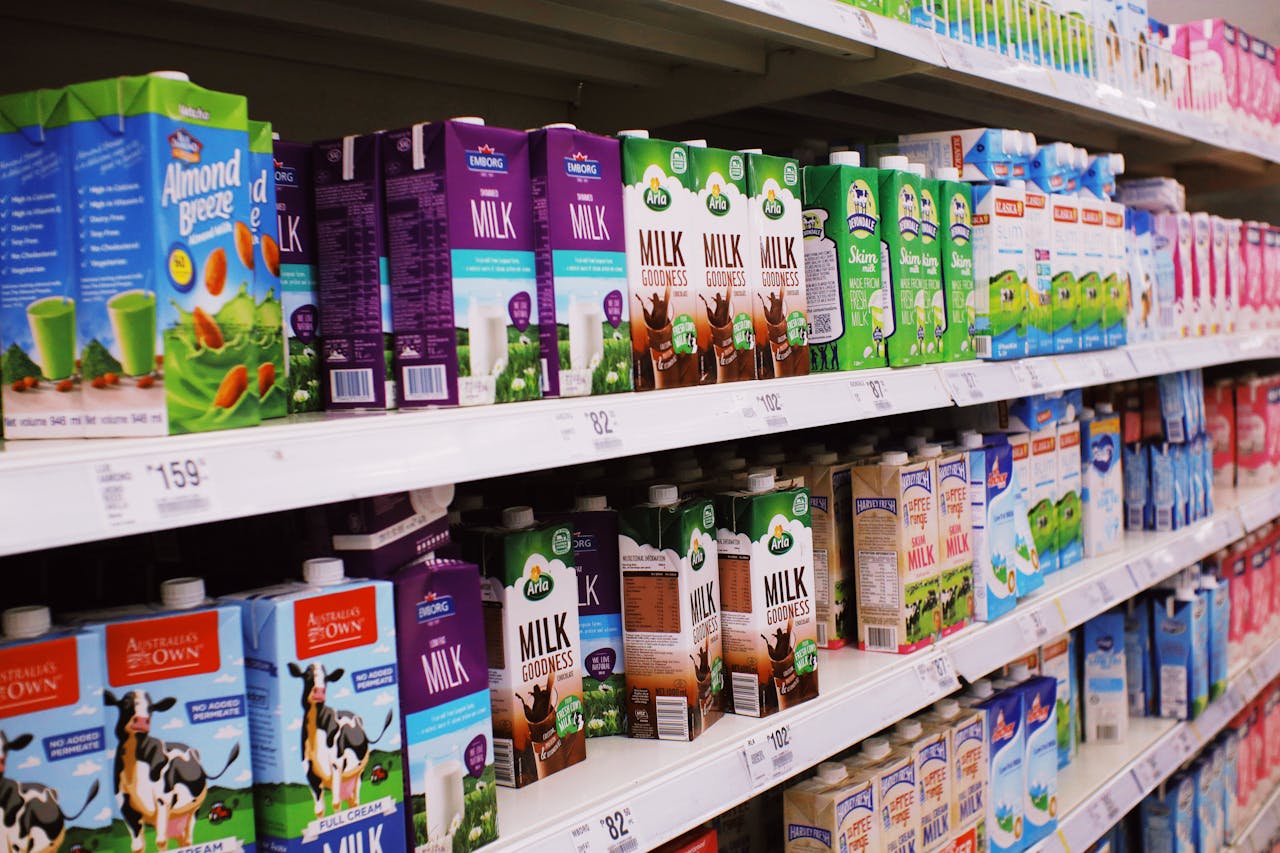
Amid all the noise about these key issues however, food has received only marginal coverage in the campaigning despite the country’s high cost of living. (Pexels Photo)
Shonil Bhagwat, The Open University, The Conversation
As the US presidential election inches closer, a recent survey found that the economy is the top issue for voters, and many are also concerned about healthcare, foreign policy and inequality. Amid all the noise about these key issues however, food has received only marginal coverage in the campaigning despite the country’s high cost of living.
Project 2025, a 900-page policy document produced by conservative thinktank the Heritage Foundation, has become a major talking point in the election campaign. Although Republican candidate Donald Trump has denied any links between his campaign and Project 2025, the people who have authored this document are no strangers to the former president, with more than half of the 307 contributors having served in the Trump administration or on his campaign or transition teams.
Trump’s Democratic rival in the race to the White House, Vice President Kamala Harris, has been very vocal about the dangers to the American people if the Project 2025 proposals were to be implemented. Instead, her campaign has promised an “opportunity economy” to support the American middle class, which will seek to cut prices and taxes, lower household costs, and offer various tax reliefs.
Analyses of Harris’ versus Trump’s economic policies suggest that the tariffs Trump has proposed will cause a rise in prices of imported goods – including food. On the other hand, Trump’s policies could lower energy costs because more domestic fossil fuel production could make US-produced foodstuffs cheaper.
But Project 2025 proposes deregulation of US dietary guidelines and US food assistance programmes, including Supplemental Nutrition Assistance Program (Snap), Women, Infants and Children Program (WIC), and the National School Lunch Program. Democrats have argued that this will “drastically reduce” the access that families have to fresh American-grown food, threatening the health of the most vulnerable.
Democrats have also claimed that Project 2025 policies would reduce support to small-scale farmers, favouring large agribusinesses while deregulating the flow of ultra-processed food manufactured and distributed by influential corporations. Some estimates suggest that 73% of US food supply is already made up of ultra-processed foods, and they have been found to provide 60% of the calories consumed by the average US adult.
The links between ultra-processed food and negative health outcomes are increasingly being drawn. As such, food policy under Project 2025 would be very likely to have a negative impact on wider public health in the US.
But at the same time, Project 2025 would probably make healthcare less affordable and more restrictive for millions of citizens. It promises to reinstate the ability of the pharmaceutical industry to fix prices, raising the cost of drugs for American people.
It would also cut funding for health coverage for low-income Americans, threatening the survival of hospitals, health centres or doctors who serve those people.
These healthcare policies, combined with deregulation of the food industry and dietary guidelines, as well as the defunding of food assistance programmes, could spell a triple whammy for the health and wellbeing of some of the most vulnerable people in America.
How do Harris’s plans compare?
Harris’s plans, on the other hand, aim to make healthcare less expensive and more accessible, particularly for those from vulnerable groups such as black Americans or those on low incomes, the elderly or veterans.
But while these proposals might remove barriers to healthcare, they won’t directly improve food provision for Americans. Some of the proposals in Harris’s “opportunity economy”, however, could directly address the issue.
Harris’s proposals focus on strengthening and diversifying supply chains for food production, processing and distribution. She has been outspoken about investigating price-fixing of food products by large corporations – and prosecuting firms anywhere in the supply chain where this is found to have happened.
Harris’s plans would also support small producers, processors, distributors, family farms and food and farm workers with more funding to compete with large conglomerates. This could result in more decentralised supply chains, which are known to make it easier to provide healthier food to more people by encouraging crop diversity and lowering the cost of fresh local products.
And she is promising to crack down on mergers and acquisitions of food corporations, which are known to compromise the sustainable provision of healthy food by curbing farmers’ bargaining power and leaving communities with little say over how their land is used.
Food is integral to the public sector economy, alongside things such as providing healthcare, protecting the environment and reducing inequalities. The organisation of the entire food system – from production to processing, trade to transport, and consumption to nutrition – needs to consider ways in which feeding a country can strenghten its public sector economy, and meet its obligation to the United Nations Sustainable Development Goals. The US has already made a commitment to these goals through global food security programmes like Feed the Future.
These issues are especially pertinent to the US, as its food system is highly centralised. In fact, 6% of farms grow 60% of food. Meanwhile family farms – which represent 88% of the total – contribute only 19%. Harris’s proposals could go some way to correcting this imbalance. But the rhetoric coming from her rivals on the other hand could ultimately end up making the US worse off in terms of food provision and health.![]()
Shonil Bhagwat, Professor of Environment and Development, The Open University
This article is republished from The Conversation under a Creative Commons license. Read the original article.





















